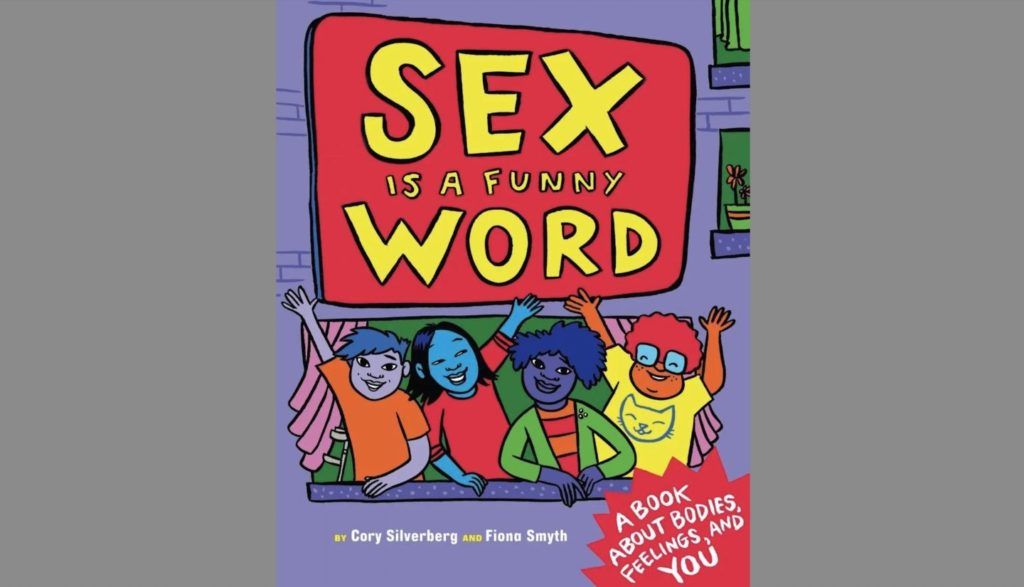Survey: 98% of parents report finding sexually explicit content in school
A staggering 98% of parents surveyed say their children have been exposed to sexually explicit materials in school.
Nearly one-in-five respondents spoke of teachers providing a “transition…

A staggering 98% of parents surveyed say their children have been exposed to sexually explicit materials in school.
Nearly one-in-five respondents spoke of teachers providing a “transition closet” with a change of clothes provided by the school – often including physical binding implements for breasts and genitalia for children wishing to act out gender transitions without their parents’ knowledge.
Teachers or other school staff were reported to be the parties responsible for these exposures more than 80% of the time.
The survey was self-selecting, and thus mathematically skewed. Nonetheless, out of 1,195 participants in the WrongSpeak Publishing online poll, 1,168 reported their children had been exposed to sexually explicit materials in school.
The full survey report, along with a state-by-state breakdown is available here.
The survey tracked the child’s age when such material was encountered, who had exposed them to it, and what specific kinds of materials the child saw – with results consistent among all respondents, regardless of demographics.
The ages of students at the time of exposure differed from state to state, but three main age groupings emerged across the entire sample, corresponding to kindergarten, third-grade and seventh-grade students. The primary methods of exposure were through classroom assignments, book reports/exercises, and field trips.
Survey author Audra Facinelli, deputy editor of WrongSpeak Publishing, noted many of her pre-poll assumptions were disproved. She expected to see a large difference between politically red and blue states, yet discovered red states such as Texas, Arkansas and Ohio boasted some of the most extreme cases, indicating much more than simple political ideology is at work.
Moreover, the types of material encountered were nearly identical, leading to the likelihood that the exposures were intentional, coordinated and centrally sourced.
Facinelli has an applied health sciences degree from Bowling Green State University. Her background and training led her to devise the survey as a means of determining whether the recent viral videos of outrageous behavior by teachers were isolated examples, or if they indicate a widespread problem across the country.
The results were startling.
The survey first asked what type of material was covered in schools. Under topics such as Sexual Orientation or Gender Ideology, material about drag queens, gender identity and pronouns were commonplace.
Information on medical transitioning and putting together a “gender plan” for the child were commonplace, survey respondents said, as were sexually explicit materials and study modules on subjects such as strippers, masturbation, rape, nudity, sex toys, pornographic images and prostitution.
As a new mother herself, Facinelli hoped to discover the origins of hypersexualized instruction in the public schools, but admitted the survey failed to dig down into the foundation on which advocates of such instruction rely.
However, the inquiry did serve to expose the common threads of subject matter, methodology and age of onset for these exposures among geographically diverse populations.
While further study is warranted, the survey indicates these incidents share too many commonalities across too many disparate locations to be spontaneously occurring.



